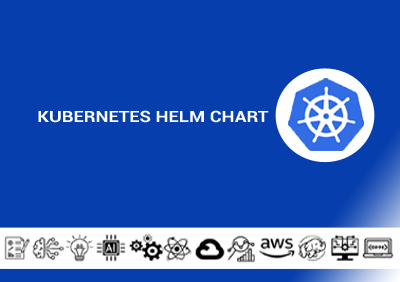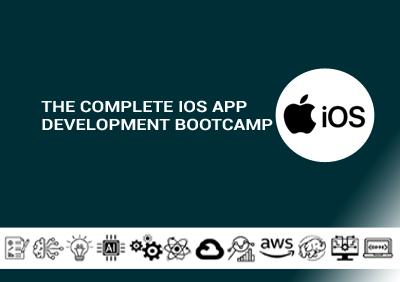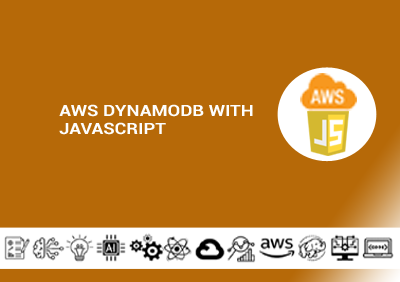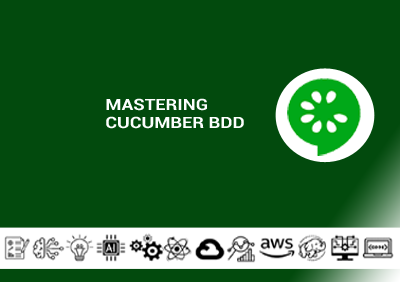- Overview
- Prerequisites
- Audience
- Curriculum
Description:
Explore the essentials of the Linux operating system, focusing on fundamental concepts and practical skills. This course provides an introduction to Linux commands, file permissions, basic system administration, and hands-on experience with real-world tasks. Participants will gain the knowledge needed to navigate, manage, and troubleshoot a Linux environment effectively.
By the end of this course, participants will be equipped with the basic skills to use Linux for everyday tasks, manage files and directories, and perform essential system administration functions.
Duration: Half Day
Course Code: BDT374
Learning Objectives: After this course, you will be able to:
- Understand the fundamentals of Linux and its distributions
- Navigate the Linux filesystem and use basic Linux commands
- Manage file permissions and ownership
- Perform basic system administration tasks
- Gain hands-on experience with practical Linux tasks
- Basic understanding of computer networks and operating systems
- Familiarity with basic computer operations
This course is designed for individuals new to Linux, including IT professionals, students, and anyone interested in learning the fundamentals of Linux operating systems. It is suitable for those who wish to gain a foundational understanding of Linux to enhance their technical skills or prepare for more advanced Linux certifications.
Course Outline:
Module 1: Introduction to Linux
- Overview of Linux
- Brief history and evolution of Linux
- Differences between Linux and other operating systems (Windows, macOS)
- Linux Distributions
- Popular distributions (Ubuntu, Fedora, CentOS)
- Choosing the right distribution for beginners
Module 2: Basic Linux Commands
- Navigating the Filesystem
- pwd: Print working directory
- ls: List directory contents
- cd: Change directory
- File and Directory Operations
- mkdir: Create directory
- rmdir: Remove directory
- touch: Create empty file
- cp: Copy files and directories
- mv: Move or rename files and directories
- rm: Remove files and directories
- Viewing and Editing Files
- cat: Concatenate and display file content
- less and more: View file content page by page
- nano and vim: Basic text editors
Module 3: File Permissions and Ownership
- Understanding File Permissions
- Read, write, and execute permissions
- Permission notation (rwx, chmod)
- Changing File Permissions
- chmod: Change file permissions
- File Ownership
- Understanding user and group ownership
- chown: Change file owner and group
Module 4: Basic System Administration
- User Management
- Adding and removing users (useradd, usermod, userdel)
- Viewing user information (whoami, id, groups)
- Package Management
- Installing and updating software (apt-get, yum, dnf)
- System Monitoring
- Checking system resources (top, htop, df, du, free)
Module 5: Hands-On Lab
- Practical Exercises
- Navigating the filesystem and performing basic file operations
- Changing file permissions and ownership
- Managing users and groups
- Installing and updating software
- Scenario-Based Tasks
- Create and manage directories and files
- Modify file permissions for different users
- Install a package and check system resources
Training material provided: Yes (Digital format)
- Handouts with key commands and concepts
- Access to example exercises and scenarios for practice
Any Additional Information
Any additional information about Labs / Software Installs required for the course






